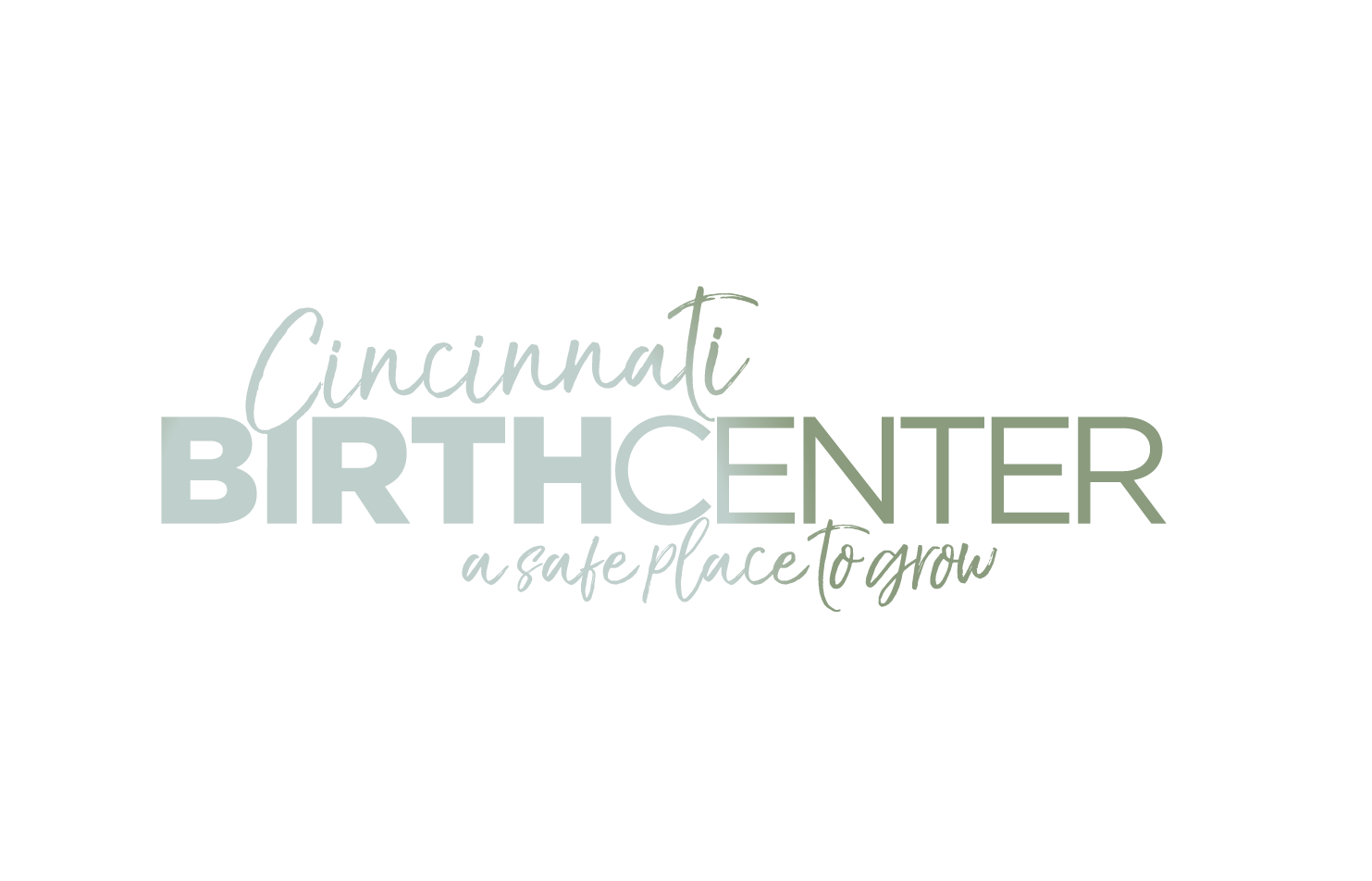American Midwifery: The History Of Midwifery and The Modern-Day Midwife
/The national midwifery norms we know today were shaped by hundreds of years worth of history within the U.S. - and they’re pretty skewed from the “norm” of other westernized nations. Around the world, midwives are a commonality. In the UK, more than 50% of births are facilitated by a midwife and in countries such Sweden, Denmark, and France more than 75% of women opt for midwife care. By stark comparison, midwives make up less than 10% of America’s birthing care.
What’s most astounding about the United States’ maternal care is the blatant disparities in care for women of color. In America, black moms are 2-3 times more likely to die during childbirth. Additionally, less than 5% of certified midwives are colored. The racial disparities tied to maternal care are obvious and interconnected. In the words of Patricia Loftman, “Midwives of color protect women in a system that is hostile to them.”
To understand the current state of midwifery in the US, it’s important to know the industry’s history. Here’s a brief look back at the history of midwifery in the US:
The History Of Midwifery In The US
Since the dawn of human history, babies have been delivered by midwives. These women were viewed as experts and were respected for bringing their knowledge and training to childbirth. This tradition carried over to the states when North America was first discovered and served as an integral service for both immigrant and indigenous groups. As the U.S. evolved, midwifery continued to be a widespread practice, with professionals in the south known as “granny midwives.”
During America’s slave era, the nation’s midwifery care was made up of predominantly black women who helped deliver babies for black families and poor white families, many of whom were shut out from the nation’s hospital system during that time period. However, once slavery ended midwives began to lose their value in society. By the mid-to-late 1800s, professional medicine had become a widespread medical trend. Women were being directed into hospitals for their births, which were largely operated by white men.
As the popularity of hospitalized care grew, midwives began to have their professions ripped away from them. Midwives were blamed for maternal and infant deaths regularly, and some states began to outlaw at-home midwives altogether.
This continued on until the 1970s when middle class white women decided that they wanted more of a say in their maternal care options. There was then a rise in midwifery, which transformed into the modern-day midwife industry that we know today. Now, the US has a mere 15,000 certified midwives nationally, most of which are white women.
The Future Of Midwifery
While we can’t rewrite history, we can pave the way forward towards a new future. One that offers equalized care, individualized consideration, and empathy. At Cincinnati Birthing Center, we’re committed to honoring the wisdom of our ancestors, training midwives of color, and making a better path for those who come after us.
Read more about our mission here
SOURCES
Vox, ProPublica, director. The Culture War between Doctors and Midwives, Explained, Youtube, 29 May 2018, www.youtube.com/watch?v=SE34K88LUek.



